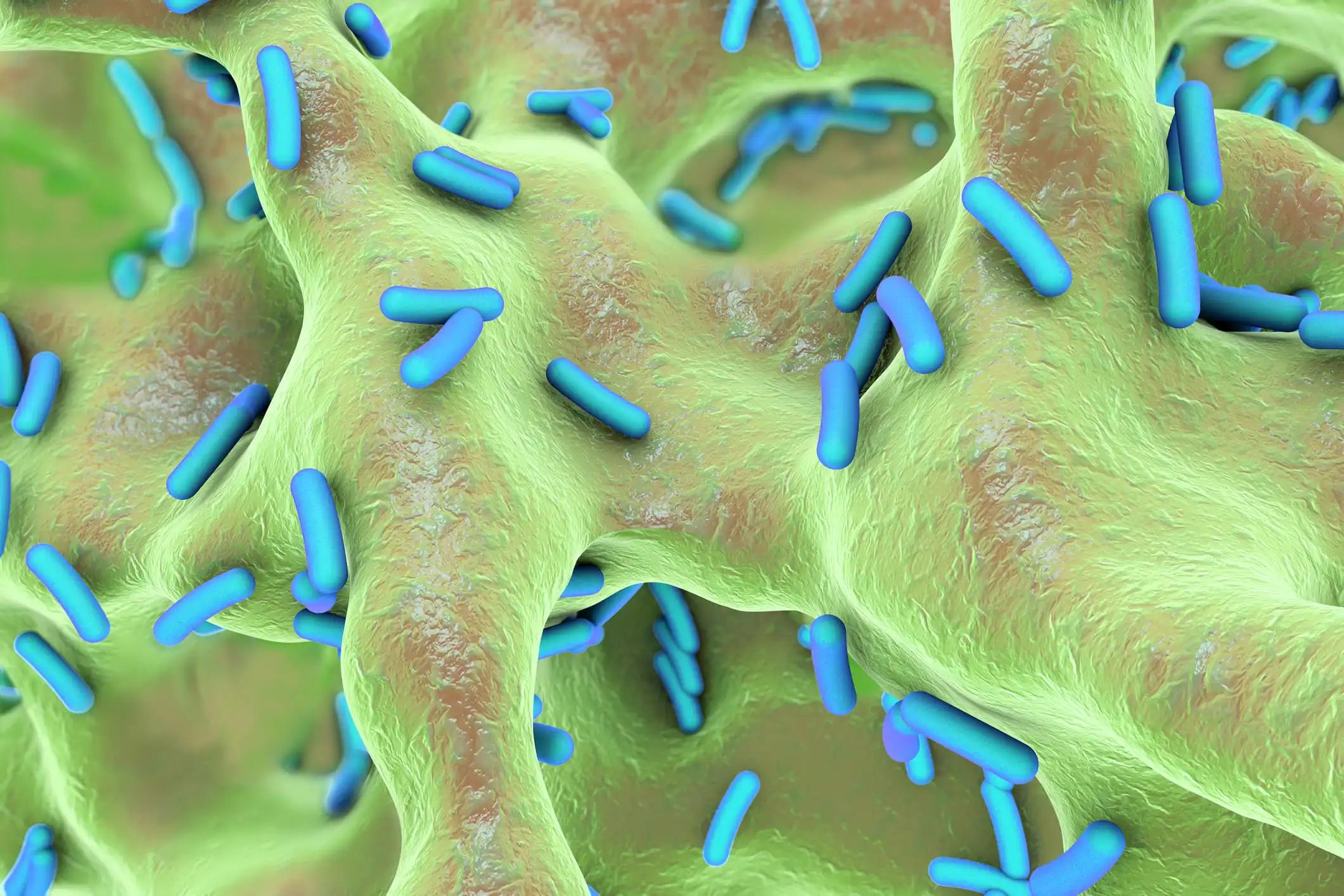KEY TAKEAWAYS
- Phase 2b study of Jaktinib aimed to evaluate the efficacy of Jaktinib in reducing spleen volume in patients with myelofibrosis who were intolerant to ruxolitinib.
- The primary outcome measure was the proportion of patients achieving a spleen volume reduction of 35% (SVR35) from baseline at week 24.
- The study included primary, post-polycythemia vera, or post-essential thrombocythemia MF patients.
- Jaktinib demonstrated promising therapeutic activities in ruxolitinib-intolerant patients with myelofibrosis, leading to significant spleen volume reduction, alleviation of MF-related symptoms, and improved anemia.
As the first approved Janus kinase inhibitor (JAKi) for patients with symptomatic myelofibrosis (MF), ruxolitinib demonstrated superiority in the diminution of spleen volume with increased anemia and thrombocytopenia. However, few treatment options exist following ruxolitinib intolerance.
Jaktinib, a novel oral JAK, and ACVR1 inhibitor, demonstrated promising efficacy and modest adverse effects in JAKi-naive patients with intermediate or high-risk MF. Researchers conducted a phase 2b study with a single arm to evaluate jaktinib in patients with MF who were intolerant to ruxolitinib. Here, researchers presented the outcomes of the cohort of patients who received 100 mg of jaktinib twice daily.
Patients who had primary, post-polycythemia vera, or post-essential thrombocythemia MF and were previously treated with ruxolitinib for ≥28 days who either required more red blood cell (RBC) transfusions or required more-frequent transfusions on ruxolitinib, or had grade 3/4 anemia, thrombocytopenia or hematoma when receiving ruxolitinib, and with palpable spleen ≥5 cm were included. Patients were precluded from the study if they had received ruxolitinib 20 mg Bid for at least three months and were ruxolitinib-refractory or relapsed. The primary outcome measure was the proportion of patients with a spleen volume reduction of 35% from baseline (SVR35) at week 24, as determined by an Independent Review Committee using MRI/CT images. Secondary endpoints included the best spleen response rate (defined as attaining SVR35 at any time), the proportion of patients with a 50% reduction in MPN Symptom Assessment Form Total Symptom Score (MPN-SAF TSS), anemia response, and safety, among others.
In the complete analysis set for efficacy, 44 patients received 100 mg of jaktinib twice daily and either completed the 24-week treatments and evaluations or discontinued treatment before week 24. In addition, owing to an incorrect diagnosis of MF, one patient was excluded from the efficacy analysis but included in the safety analysis. The median TSS at baseline was 9, the median hemoglobin was 80 g/L, and the median platelet count was 132.5109. The characteristics of patients at baseline are summarised in Table 1. During treatment with ruxolitinib, 21 patients (47.7%) required RBC transfusion, and all patients exhibited anemia of grade 3/4, thrombocytopenia, or both.
At week 24, the SVR35 rate was 43.2% (19/44). The most fantastic spleen response rate during the study phase was 54.5% (24/44). The median duration to reach SVR35 was 12.1 weeks. Eighty-four percent of patients maintained spleen response for at least 24 weeks, and the median time was not reached. At week 24, 61.8% of the evaluable patients demonstrated a TSS improvement of 50% relative to baseline. Thirteen (41,9%) of the 31 transfusion-independent patients with hemoglobin 100 g/L at baseline had an increase of 20 g/L by week 24. 11 (57.9%) of 19 patients who required RBC transfusion at baseline had a 50% reduction in the frequency of RBC infusions by week 24. One of nine patients who required transfusions at baseline became transfusion-independent by week 24.
In the safety group (n=45), the median duration of jaktinib exposure was 280 days. Anaemia (31.1%, n=14), thrombocytopenia (22.2%, n=10), pneumonia (17.8%, n=8), neutropenia (15.6%, n=7), and leukopenia (15.6%, n=7) were the most prevalent treatment-related adverse events (TEAEs) of grade 3. Treatment was discontinued in five patients (11.1%) because of TEAEs. In 12 patients (26.7%), a dose reduction or temporary interruption was reported owing to TEAEs. Jaktinib demonstrated promising therapeutic activities in patients with myelofibrosis who were intolerant to ruxolitinib—Jaktinib, 100 mg dose, administered orally significantly reduced splenomegaly and alleviated MF-related symptoms and anemia. After ruxolitinib, jaktinib could be a new treatment for patients with anemia.
Yi Zhang, Hu Zhou, Zhijian Xiao, Minghui Duan, Sujun Gao, Guangsheng He, Hongmei Jing, Junmin Li, Liangming Ma, Huanling Zhu, Chunkang Chang, Xin Du, Mei Hong, Xin Li, Qingchi Liu, Wei Wang, Xu Na, Haiping Yang, Qingwei Zhao, Jie Jin/JAKTINIB IN PATIENTS WITH MYELOFIBROSIS WHO WERE INTOLERANT TO RUXOLITINIB: AN OPEN-LABEL, SINGLE-ARM PHASE 2B STUDY/Inc, M. G. (n.d.). JAKTINIB IN PATIENTS WITH MYELOFIBROSIS WHO WERE INTOLERANT TO… by Yi Zhang. Library.ehaweb.org. Retrieved July 18, 2023, from https://library.ehaweb.org/eha/2023/eha2023-congress/385471/yi.zhang.jaktinib.in.patients.with.myelofibrosis.who.were.intolerant.to.html?f=menu%3D16%2Abrowseby%3D8%2Asortby%3D2%2Ace_id%3D2489%2Aot_id%3D27888%2Atrend%3D4016%2Amarker%3D4178



